- DroidAfrica
- Huawei
- Huawei P40
Huawei P40
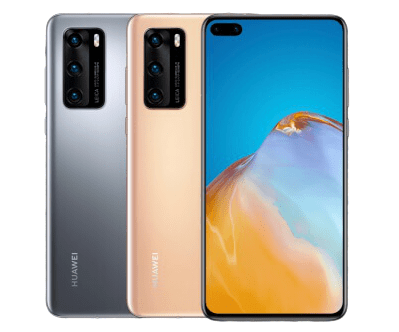
Huawei P40 Highlights and Overview
The P40 Huawei’s new flagship range of smartphones under the P-series. The device comes as the direct successor of Huawei P30 of 2019, and as you would expect, lot of things has changed. Although, while the display remains 6.1-inch with 1080 x 2340 pixels resolution, there is a switch in the type of notch, to a new pill-notch, instead of the U-shape notch used in the predecessor.
In the hardware department, the Huawei P40 is powered by HiSilicon Kirin 990 CPU. This is a 5G Chip, and makes use of a 7nm+ EUV processor, comprising of a dual-core 2.86 GHz Cortex-A76, dual-core 2.36 GHz Cortex-A76 and a quad-core 1.95 GHz Cortex-A55 CPUs, along with Mali-G76 MP16 GPU, 6/8GB of RAM and 128/256GB internal storage, expandable up to 256GB via Nano Memory (NM) slot.
On the camera department, the P40 pack 3-lenses at the back. The main sensor is a 50-megapixel unit featuring f/1.9 aperture, OIS and omni-directional PDAF. The second sensor is an 8-megapixel lens with OIS, PDAF and 3X optical zoom, while the third lens is a 16-megapixel ultra-wide angle lens. On the front, there is just a single 32-megapixel selfie sensor, kept alongside an IR TOF 3D sensor for bio-metric FaceID only.
Whats more? The device comes with an in-screen fingerprint scanner, and available in Silver Frost, Blush Gold, Deep Sea Blue, Ice White and Black colors, with either a single or dual SIM card along with IP53 certification. Battery power comes from a 3800mAh battery with 22.5W fast charging. The phone runs on Android 10 based on EMUI v10.1 with Huawei Mobile Service (HMS). Other key specifications and silent features of the Huawei P40 are contained in the specs table below.
Huawei P40 Full Specifications and Features
NETWORK
| Technology | GSM / HSPA / LTE / 5G |
| 2G Network Bands | GSM 850 / 900 / 1800 / 1900 - SIM 1 & SIM 2 (dual-SIM model only) |
| 3G Network Bands | HSDPA 800 / 850 / 900 / 1700(AWS) / 1900 / 2100 |
| 4G Network Bands | LTE band 1(2100), 2(1900), 3(1800), 4(1700/2100), 5(850), 6(900), 7(2600), 8(900), 9(1800), 12(700), 17(700), 18(800), 19(800), 20(800), 26(850), 28(700), 32(1500), 34(2000), 38(2600), 39(1900), 40(2300), 41(2500) |
| 5G Network Bands | 5G band 1(2100), 3(1800), 28(700), 38(2600), 41(2500), 77(3700), 78(3500), 79(4700); SA/NSA |
| Speed | HSPA 42.2/5.76 Mbps, LTE-A, 5G (2+ Gbps DL) |
LAUNCH
| Also Known As |
- - |
BODY
| Dimensions | 148.9 x 71.1 x 8.5 mm |
| Weight | 175 grams |
| Build | Front/back glass (Gorilla Glass 6), aluminum frame |
| SIM Type | Single SIM (Nano-SIM) or Hybrid Dual SIM (Nano-SIM, dual stand-by) |
DISPLAY
| Display Type | OLED capacitive touchscreen, 16M colors |
| Size | 6.1 inches, 91.3 cm2 (~86.3% screen-to-body ratio) |
| Resolution | 1080 x 2340 pixels, 19.5:9 ratio (~422 ppi density) |
PLATFORM
| Operating System | Android 10; EMUI 10.1 |
| Chipset | HiSilicon Kirin 990 (7 nm+ EUV) |
| CPU | Octa-core (2x2.86 GHz Cortex-A76 & 2x2.36 GHz Cortex-A76 & 4x1.95 GHz Cortex-A55) |
| GPU | Mali-G76 MP16 |
MEMORY
| RAM + ROM | 6/8 GB |
| Card Slot | Nano Memory (NM), up to 256GB (uses shared SIM slot) |
MAIN CAMERA
| Camera Type | Triple Lenses |
| Camera Sensor(s) | 50 MP + 8 MP + 16 MP + Main Camera Sensors |
| Camera Features |
Autofocus Continuous autofocus Continuous shooting Digital zoom Optical zoom Digital image stabilization Optical image stabilization Geotagging Panorama HDR Touch focus Face detection White balance settings ISO settings Exposure compensation Self-timer Scene mode Macro mode Sensor size - 1/1.7" Leica camera Vario Summilux-H Phase detection Laser autofocus Focal length (35 mm equivalent) - 27 mm 720p @ 960 fps + Second sensor: 8 MP, f/2.4, 80mm (telephoto), PDAF, OIS, 3x optical zoom + Third sensor: 16 MP, f/2.2, 17mm (ultrawide), AF |
| Video Resolution | 2160p@30/60fps, 1080p@30/60/120fps, 720p@960fps, gyro-EIS |
SELFIE CAMERA
| Camera Type | Single Lens |
| Camera Sensor(s) |
32 MP front-facing camera - IR TOF 3D, (biometrics sensor only) |
| Camera Features |
3D face unlock HDR+ |
| Video Resolution | 2160p@30/60fps, 1080p@30/60fps |
SOUND
| Loudspeaker | Yes |
| Speaker Location | Chin, below display |
| Audio Jack Type | No |
CONNECTIVITY
| Bluetooth | Bluetooth 5.1, A2DP, aptX HD, LE |
| NFC | |
| GPS | Yes, with dual-band A-GPS, GLONASS, BDS, GALILEO, QZSS |
| FM Radio | No |
BATTERY
| Battery Capacity | Non-removable Li-Po 3800 mAh battery |
| Wireless Charging | No |
| Talk Time Talk Time is the longest time that a single battery charge will last when you are constantly talking on the phone under perfect conditions, Ambient temperature and highly dependent on the cellular network environment such as the distance to the closest cell network tower. | Up to 29 hours |
| Stand-by | Up to 600 hours |
OTHER FEATURES
| Sensors | Fingerprint (side-mounted), accelerometer, proximity, compass |
| Box Contents | Charging Brick / USB cable |
Huawei P40 User Reviews and Opinions
Disclaimer Note
This specification was entered manually, hence we CANNOT guarantee 100% accuracy. Any error? Let us know in the comment section.







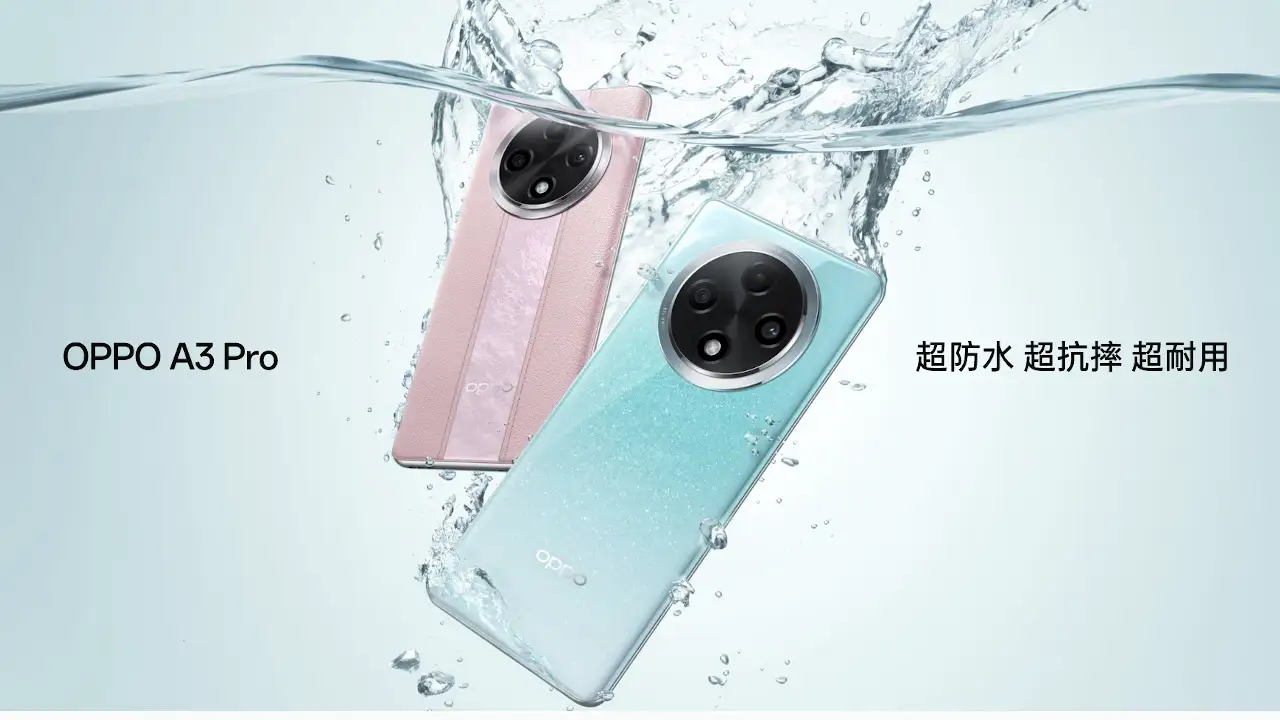

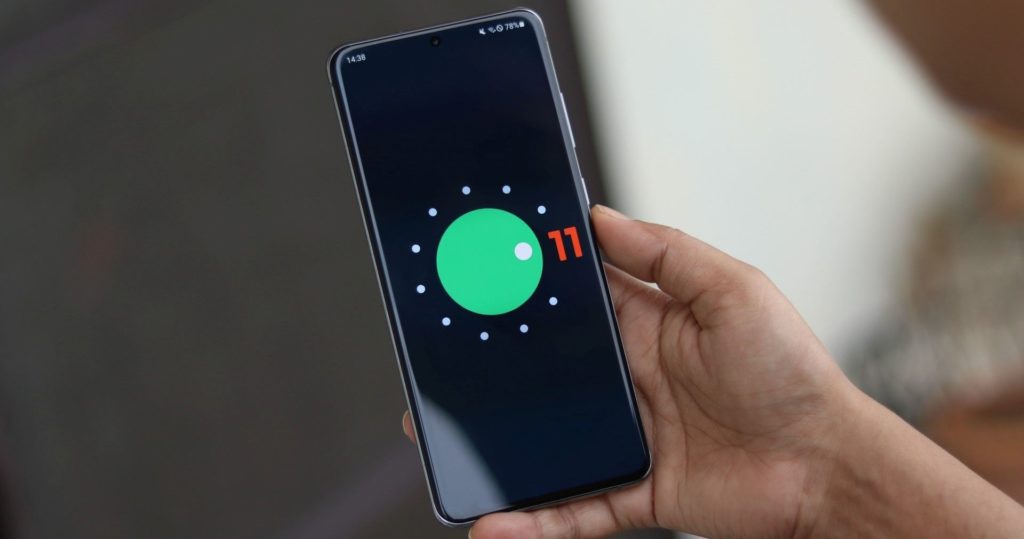
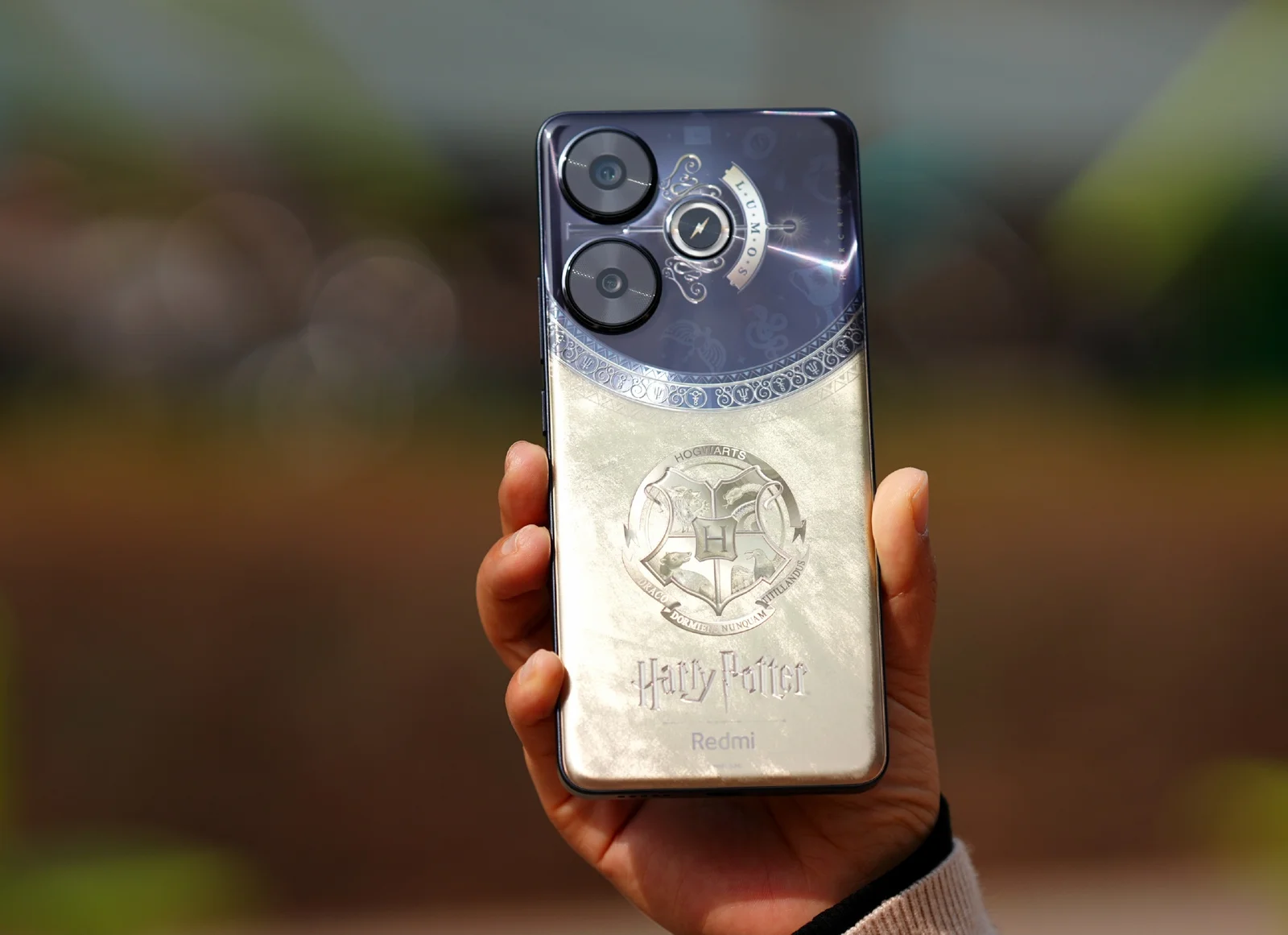
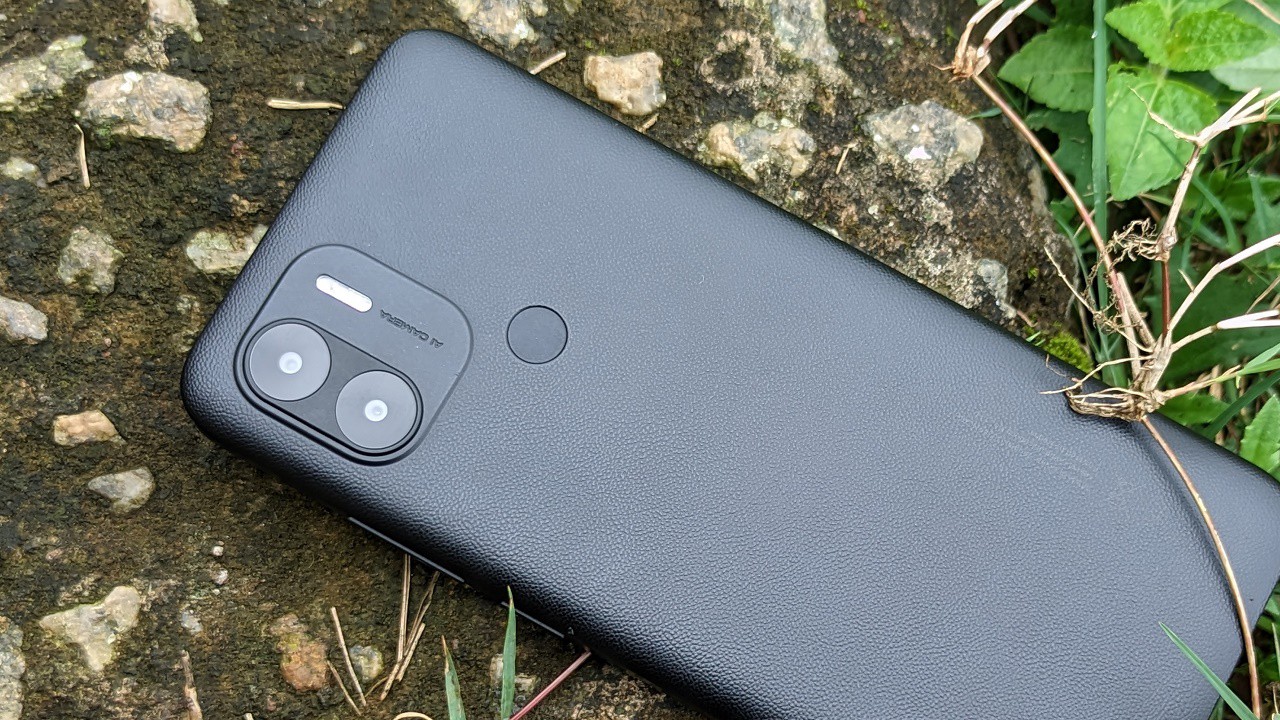
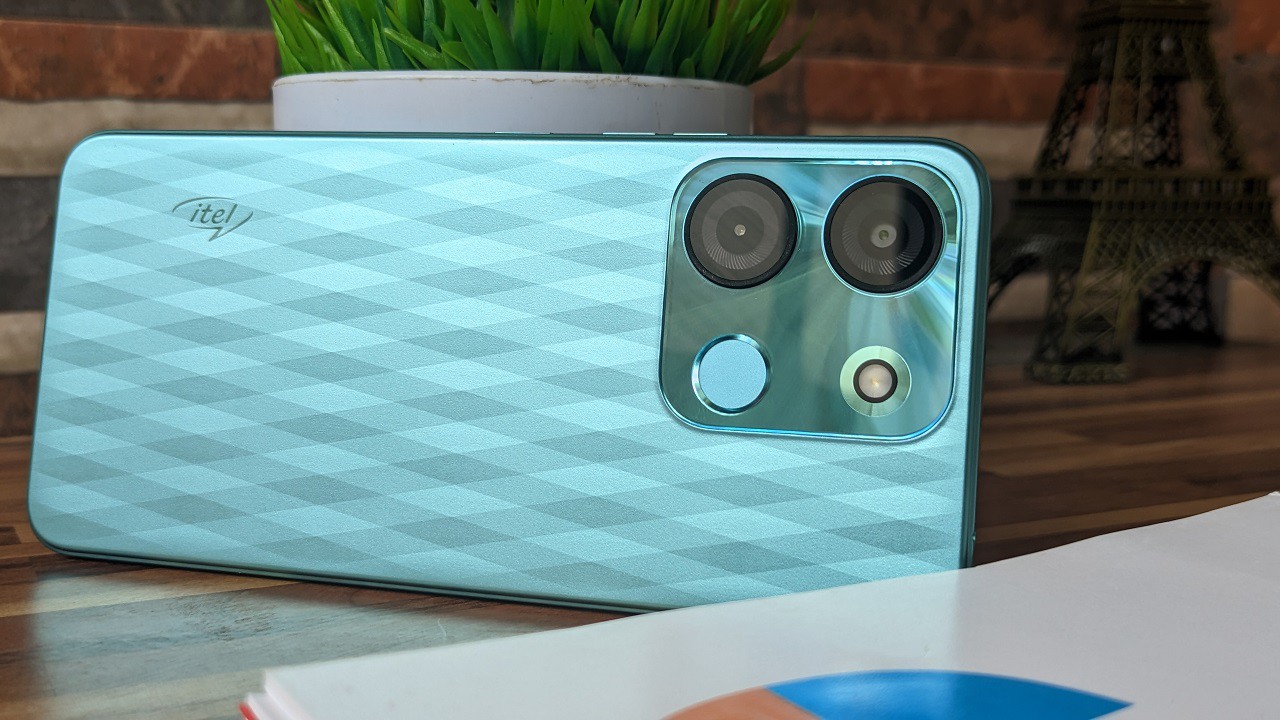
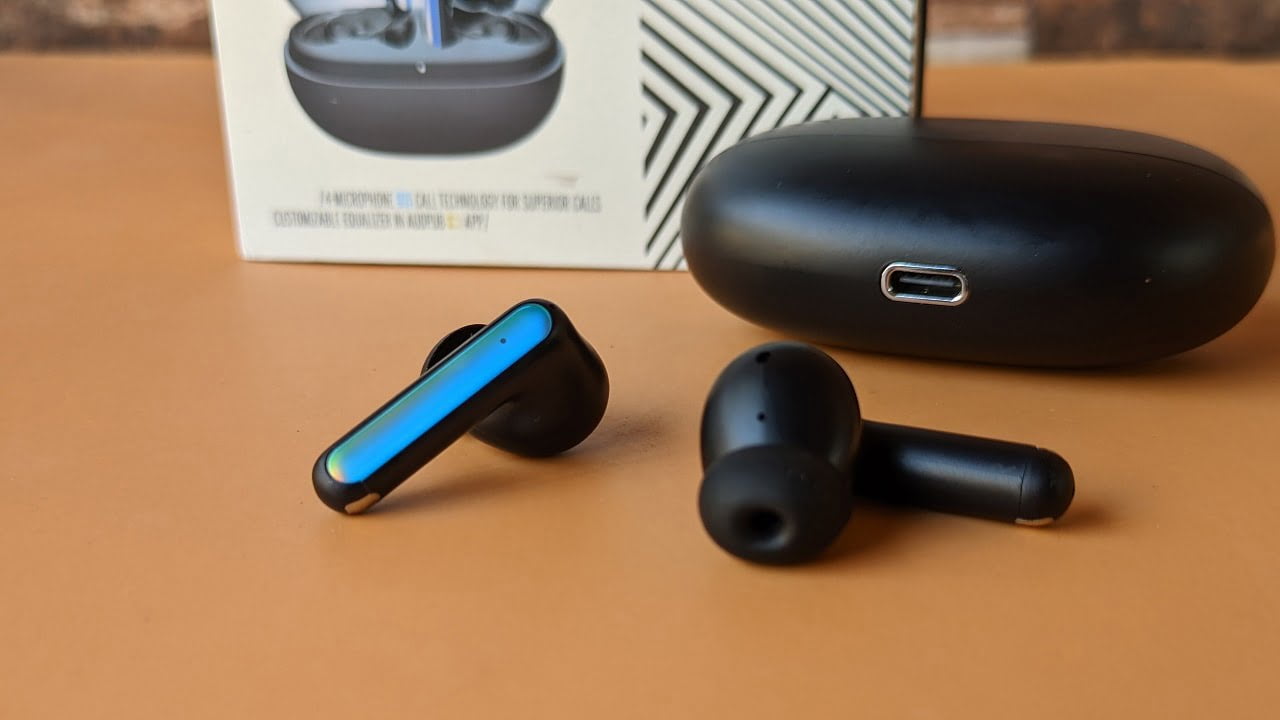
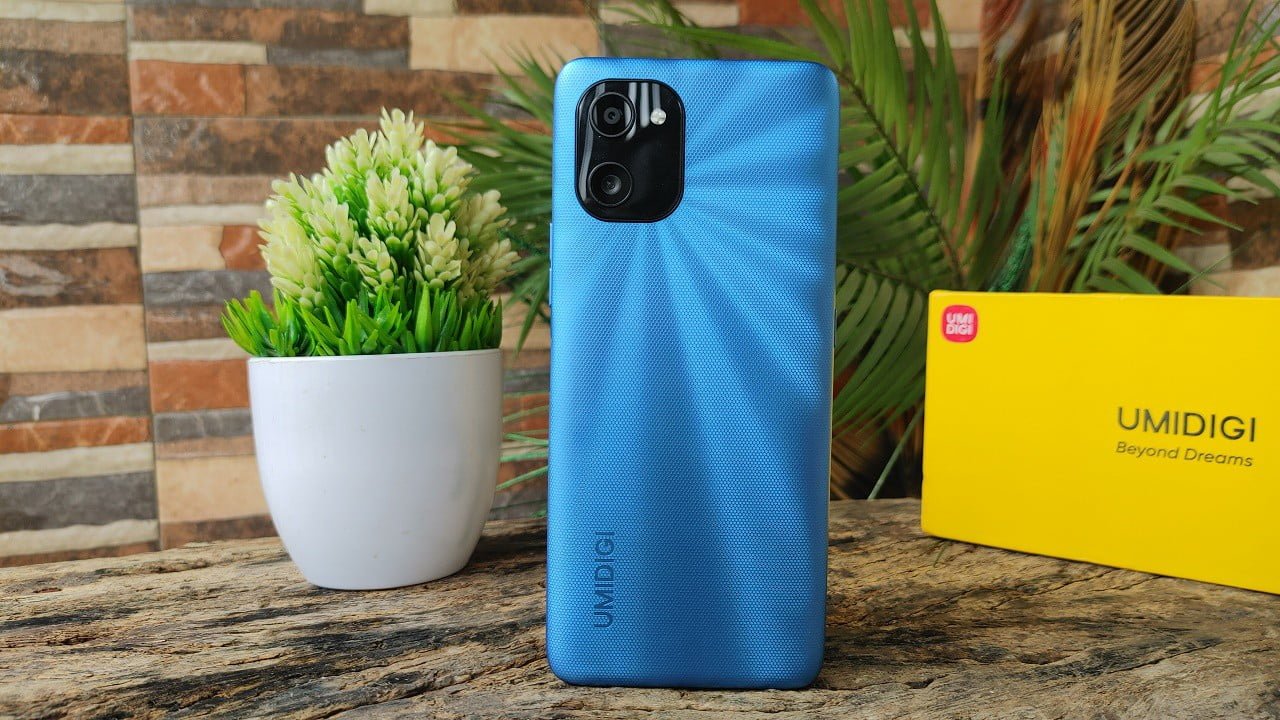
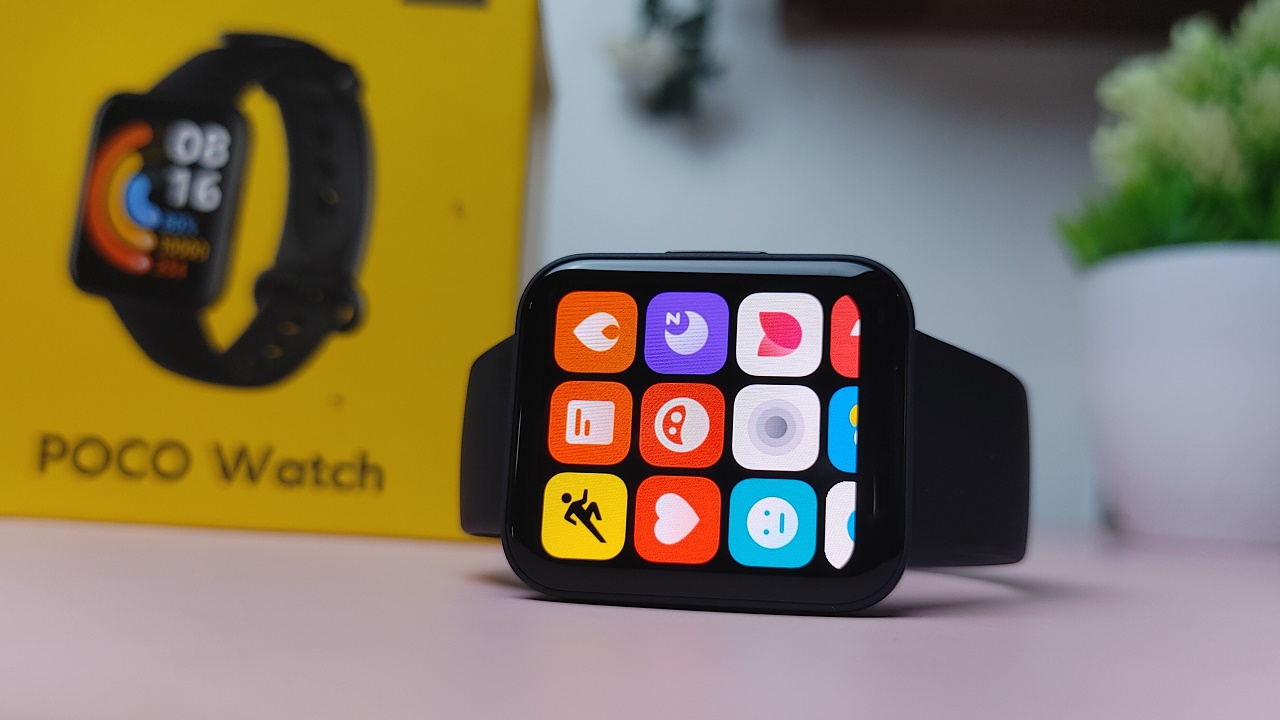
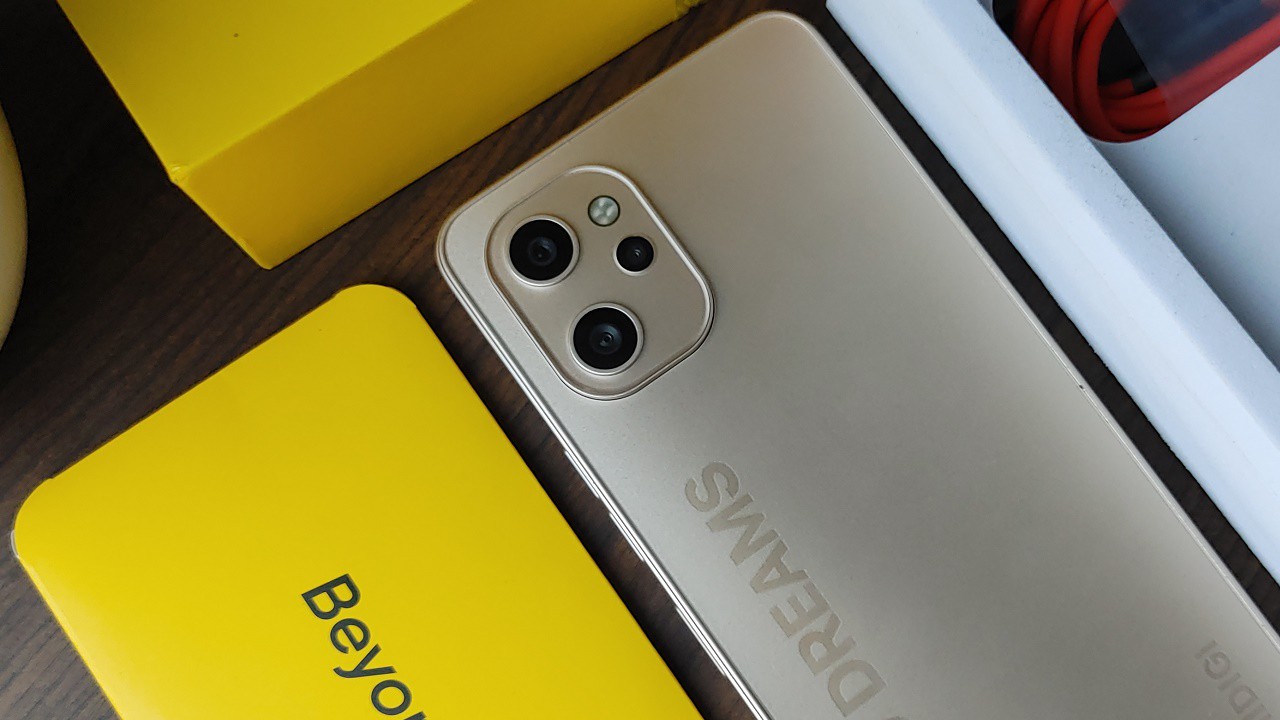
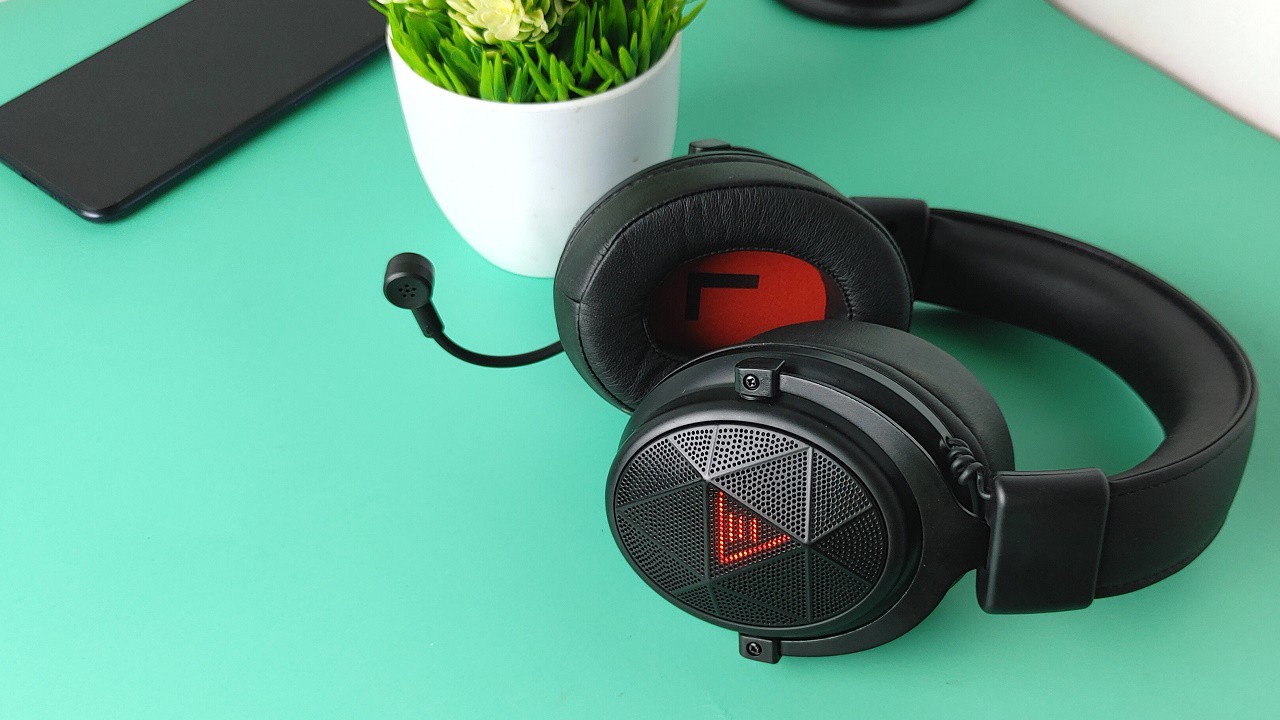
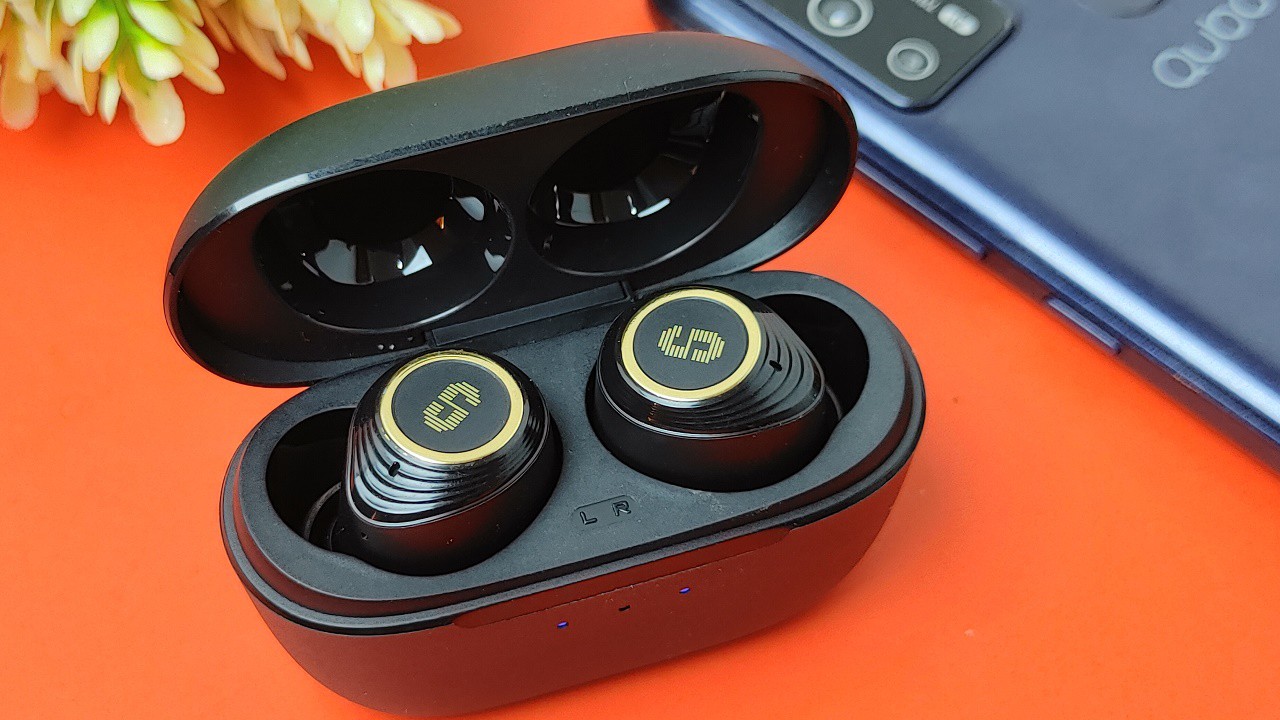
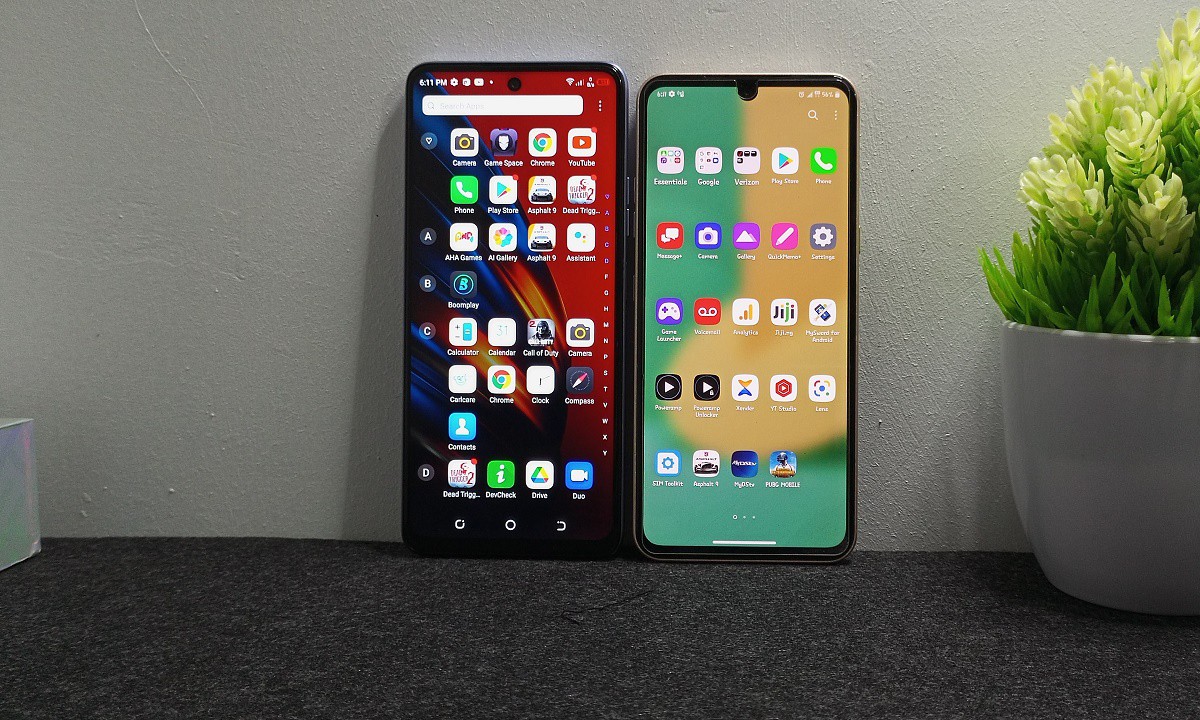

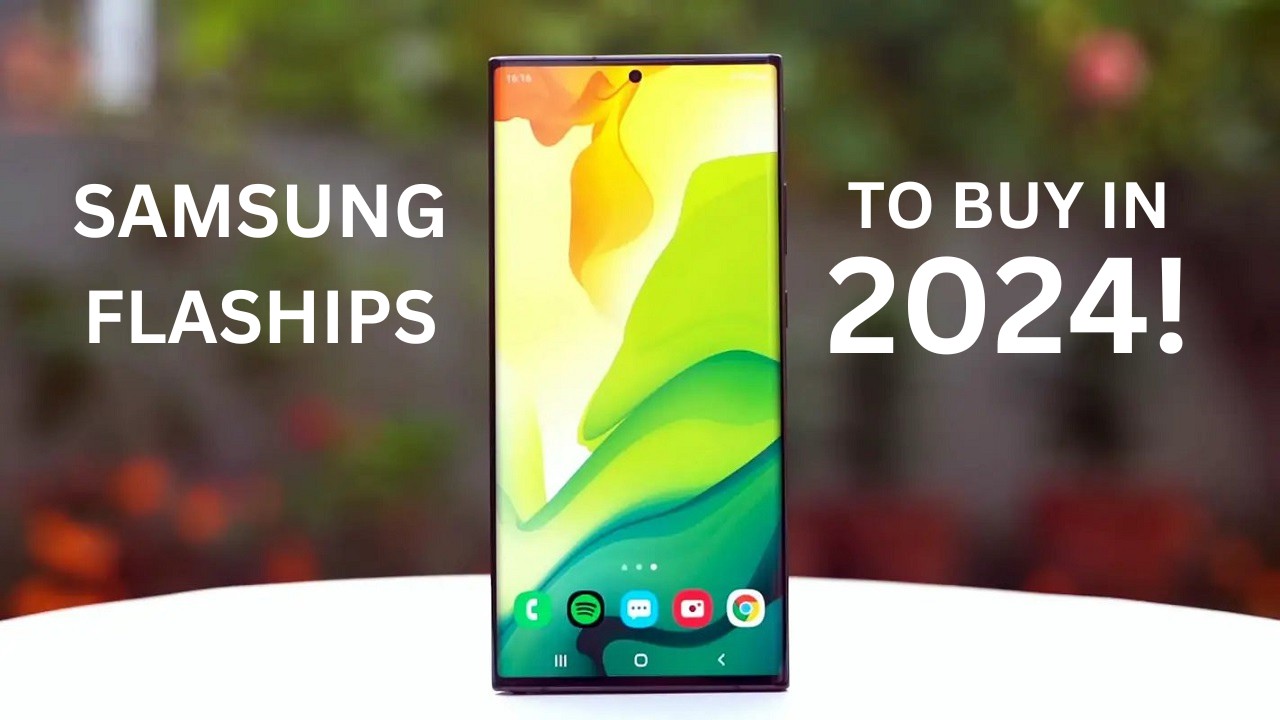
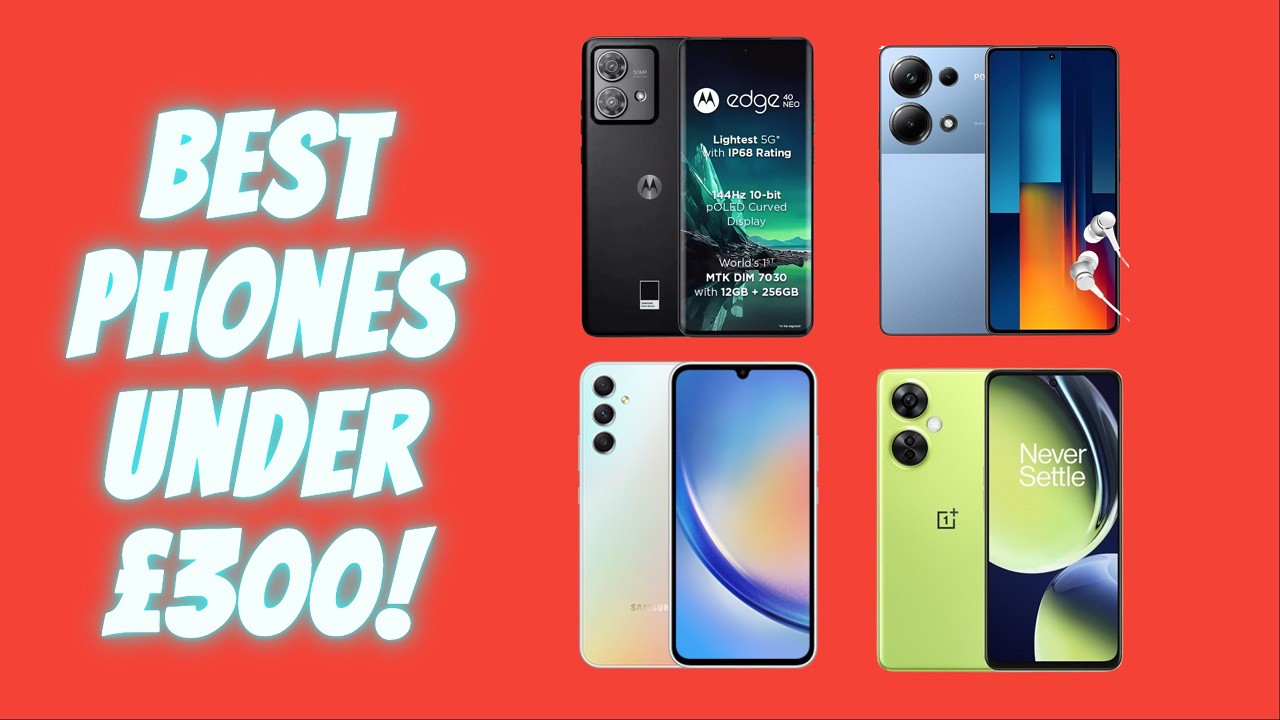

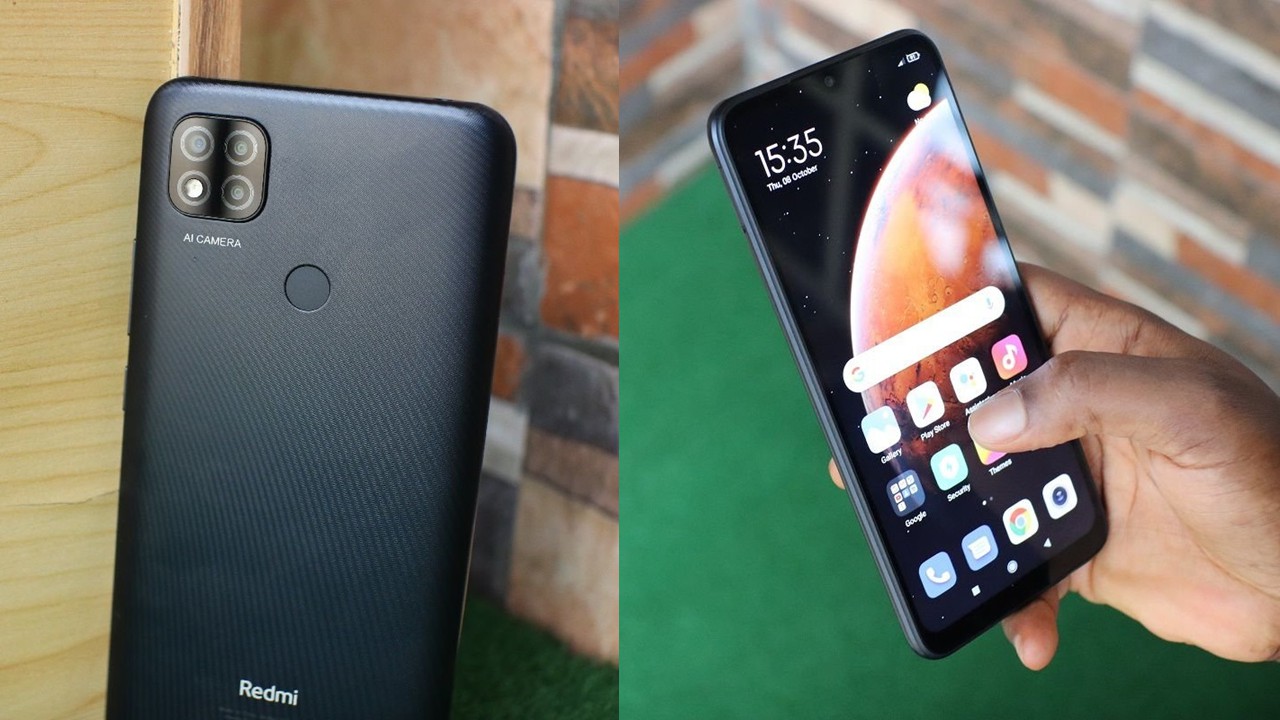
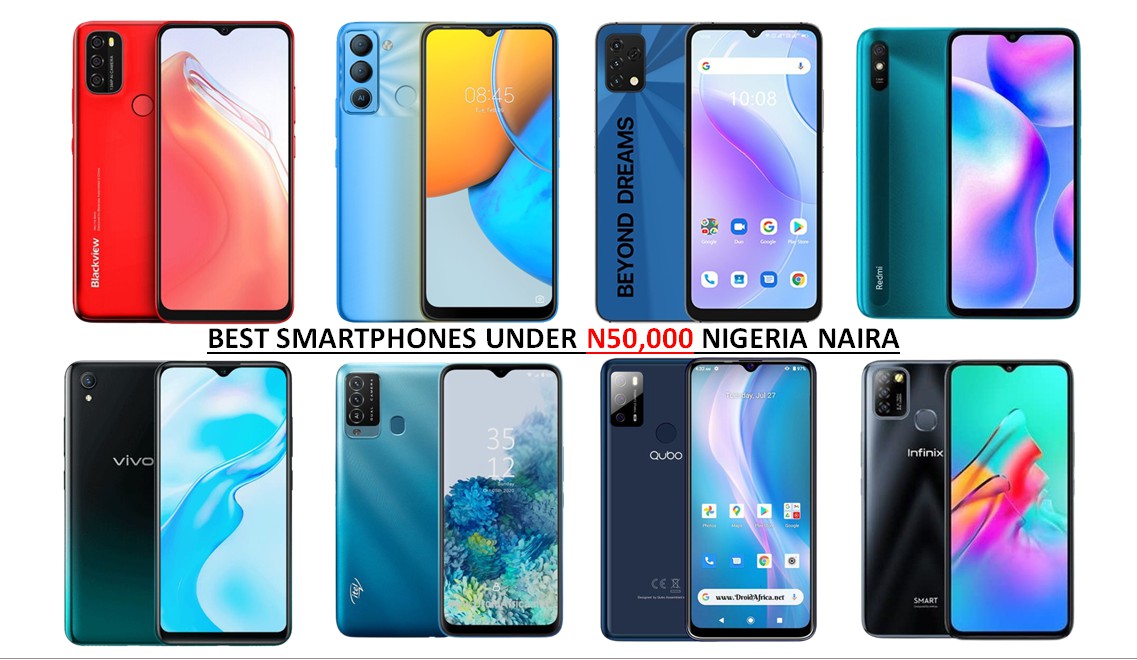
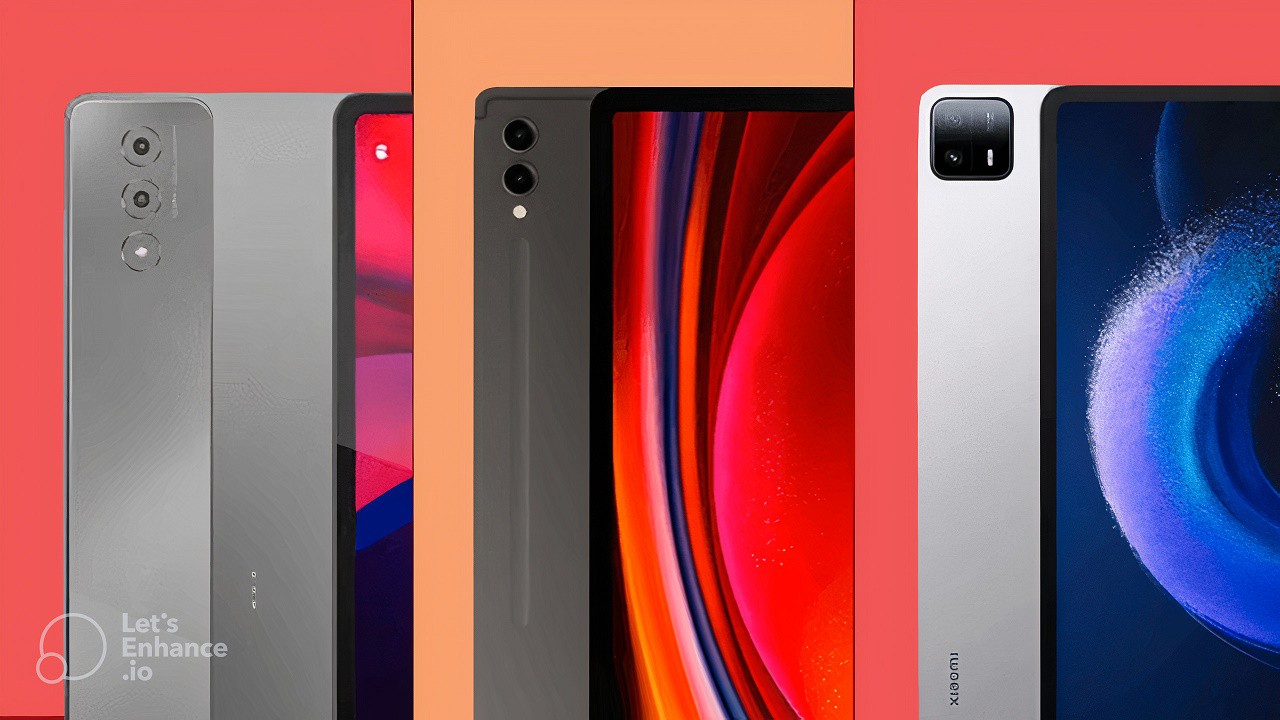
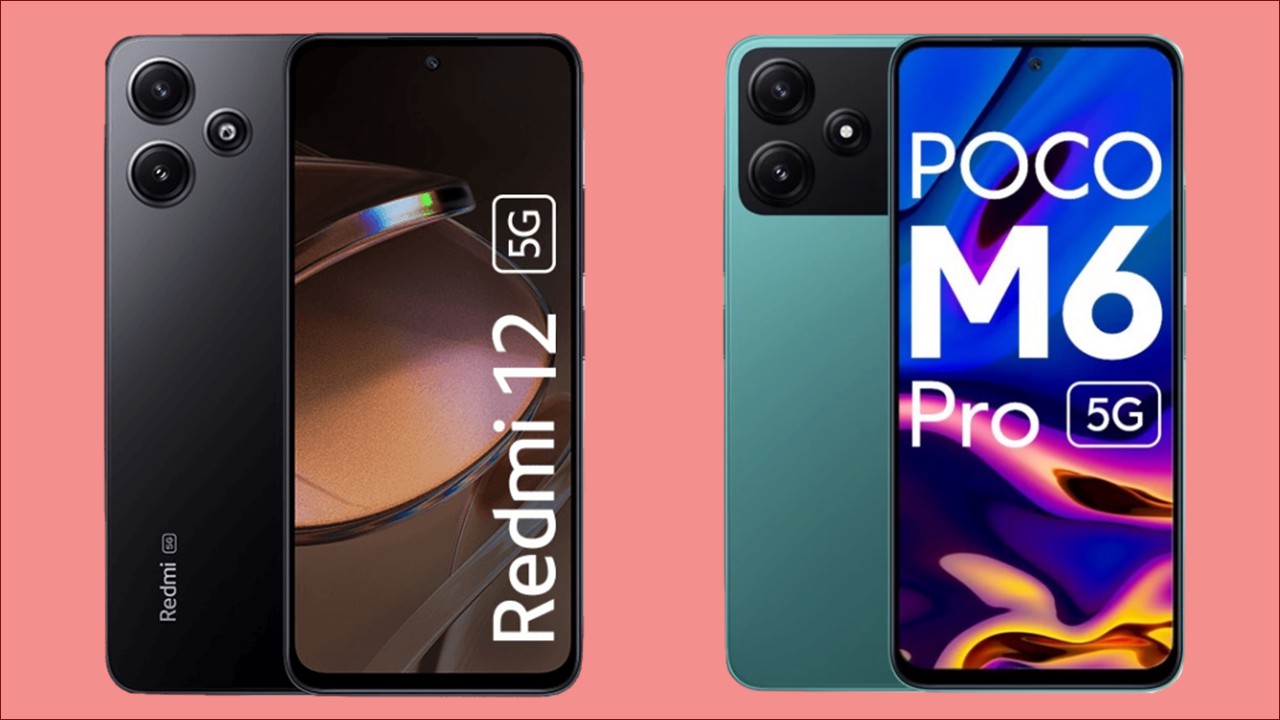
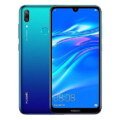
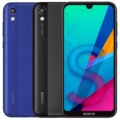
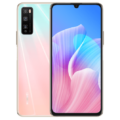
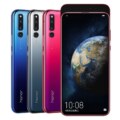
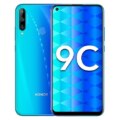
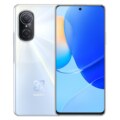
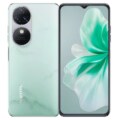
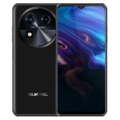
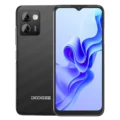

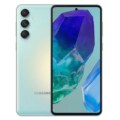
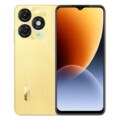

Leave a Reply